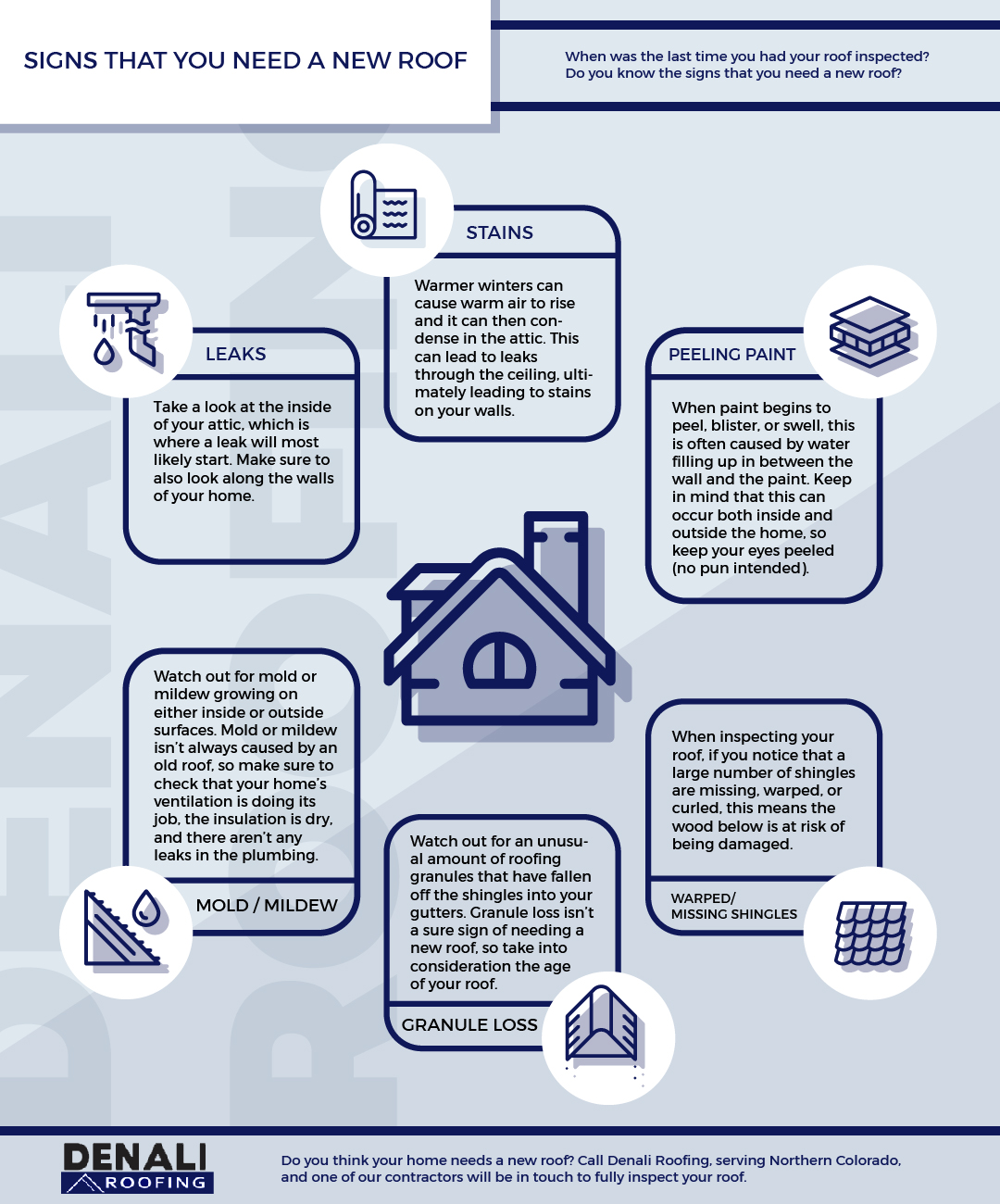Examining The Prices Of Solar Energy Equipments: Is It A Sound Financial Investment Selection?
Examining The Prices Of Solar Energy Equipments: Is It A Sound Financial Investment Selection?
Blog Article
Author-Oliver Stiles
When thinking about the prices of solar setup, you may question the in advance financial investment required and whether it straightens with the possible long-term benefits. Comprehending the intricacies of these expenses and the various variables affecting the general return can clarify the worth suggestion of transitioning to solar energy. By assessing both the preliminary setup prices and the projected savings in time, you can obtain understanding right into whether the financial investment in solar installation holds guarantee for your financial future.
Preliminary Setup Expenditures
When considering the costs of solar installment, the initial setup expenses play a vital role in your decision-making procedure. These upfront prices consist of the cost of solar panels, inverters, placing devices, and installment labor.
The rate of photovoltaic panels can vary depending upon the brand, performance, and dimension you select. Inverters are essential for converting the sunlight's power into functional electricity and come in different kinds such as string inverters, microinverters, and power optimizers, each with its very own price implications.
Placing devices, such as racks and rails, is required to securely mount photovoltaic panels on your roofing system or residential property.
The installment labor expense covers the specialist installation of the planetary system, making certain that every little thing is established appropriately and successfully. Keep in mind that while these initial configuration costs may seem high, there are often refunds, tax obligation rewards, and financing alternatives readily available to assist offset the expenses and make solar installment a lot more economical over time.
Long-Term Cost Savings Analysis
To comprehend the economic advantages of solar setup in time, it's crucial to conduct a thorough lasting savings analysis. While the preliminary configuration expenditures of photovoltaic panels may appear complicated, the lasting cost savings can surpass these prices dramatically. By harnessing the power of the sun to generate electrical energy for your home, you can potentially save hundreds of bucks on your utility expenses over the life expectancy of your planetary system.
Among the essential elements to think about in a long-lasting savings evaluation is the decrease in your power bills. With photovoltaic panels, you can produce your electrical energy, decreasing or even eliminating your reliance on the grid. This can bring about significant cost savings, specifically as utility prices remain to increase.
In addition, lots of federal governments use rewards such as tax obligation credit scores and discounts for mounting solar panels, better enhancing your long-lasting savings. By making use of these motivations and maximizing your solar power manufacturing, you can enjoy substantial monetary benefits for several years to find.
Roi Computation
Thinking about the financial benefits of solar installation, it's time to analyze the Return on Investment (ROI) computation. Establishing the ROI includes contrasting the overall costs of setting up a planetary system with the financial advantages it produces over its life expectancy.
To calculate solar battery installation , split the net profit from the system by the overall financial investment cost and multiply by 100 to obtain a percentage. The ROI formula is: (Net Earnings/ Total Amount Investment Cost) x 100.
As an example, if the complete expense of mounting a solar system is $20,000, and over its life expectancy, it creates cost savings and earnings completing $30,000, the internet revenue would certainly be $10,000. Dividing this by the total financial investment expense of $20,000 offers a ratio of 0.5. Multiplying this by 100 gives an ROI of 50%.
Usually, a higher ROI suggests a more financially rewarding investment. Aspects like government incentives, maintenance costs, and power price fluctuations can impact the ROI of solar installations. Comprehending the ROI helps in assessing whether purchasing solar energy is worth it in the long run.
Conclusion
Finally, recognizing the expenses of solar installment is essential for establishing if it is worth the investment. By taking into consideration first arrangement expenses, carrying out a lasting savings analysis, and determining the roi, you can make a notified decision about the financial worth of solar power. With the possibility for reduced utility costs and boosted power independence, buying solar installation can be a clever selection for both your wallet and the setting.
